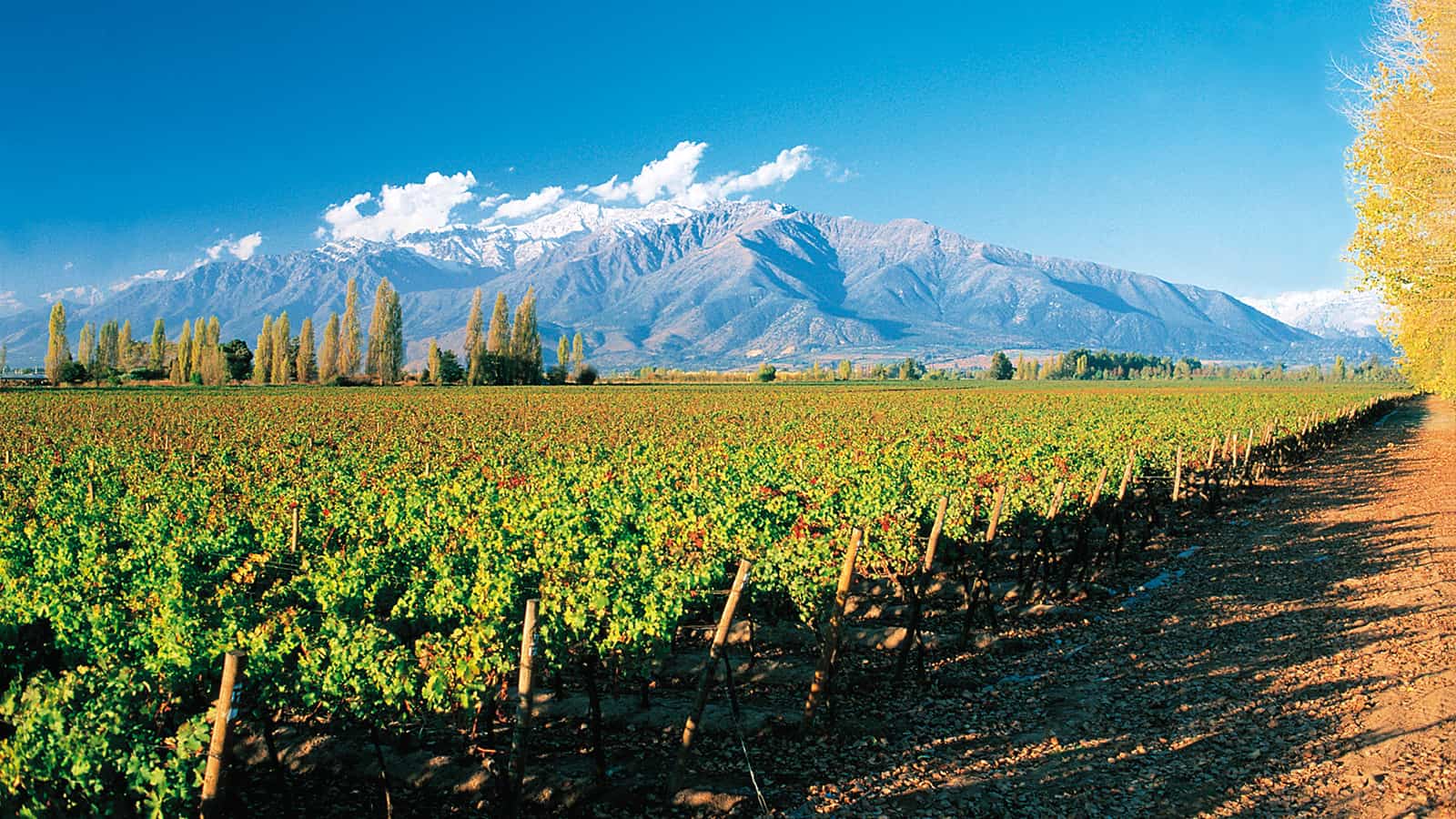
Author: Randy Hamilton
Have you ever heard of Carmenere grapes? They’re a unique red grape variety that was rediscovered in Chile in the 1990s, and now they’re one of the country’s most beloved varietals. As a language model, I don’t have taste buds, but I can tell you that Carmenere produces some truly exceptional wines.
One of the things that makes Carmenere so special is its history. For many years, the grape was mistakenly identified as Merlot in Chile, which was the most widely planted grape variety at the time.
The misidentification of Carmenere grapes as Merlot is a fascinating tale that spans several decades and involves multiple countries. The story begins in France, where Carmenere was one of the six grape varieties allowed in Bordeaux wine blends. However, Carmenere was not as popular as other varieties such as Cabernet Sauvignon and Merlot, and it was eventually phased out of Bordeaux wine production in the late 1800s.
Meanwhile, in the mid-19th century, European immigrants were bringing grapevine cuttings to Chile to establish vineyards. Among these cuttings were Carmenere vines, which were mistaken for Merlot due to their similar characteristics, including their deep color, soft tannins, and fruity flavor profile.
The confusion continued for decades, with Chilean winemakers producing “Merlot” wines that were actually made with Carmenere grapes. The misidentification was only discovered in 1994, when French ampelographer Jean-Michel Boursiquot was visiting Chile and noticed that the “Merlot” vines looked different from those in France. After conducting DNA testing, Boursiquot identified the grape as Carmenere, and the mistake was finally corrected.
The misidentification had significant implications for the wine industry in Chile. Before the discovery, Carmenere was viewed as a low-quality grape variety that was often used for blending or sold at lower prices. After its true identity was revealed, winemakers realized the potential of Carmenere to produce high-quality, unique wines, and it quickly became one of Chile’s flagship varietals.
Today, Carmenere is recognized as a distinct and valuable grape variety, with its own unique flavor profile and characteristics. The misidentification of Carmenere as Merlot may have been a mistake, but it ultimately led to the rediscovery and revitalization of a grape that might otherwise have been overlooked.
Carmenere grapes thrive in Chile’s warm climate, where they slowly ripen and develop rich flavors of black fruits, spices, and herbs. I’ve learned that the grape’s unique characteristics have made it a favorite among winemakers who want to create full-bodied, complex red wines with a distinct Chilean character. The grape is mainly grown in the Central Valley region of Chile, which includes the Maipo, Colchagua, and Rapel Valleys. Some wineries are even starting to focus on producing high-end Carmenere wines from specific vineyards or terroirs, with a growing trend towards organic or biodynamic farming practices. I think that’s really exciting, as it shows how much care and attention goes into making these wines.
I think it’s pretty cool that a grape variety can have such a fascinating history and play such an important role in a country’s wine industry. If you ever have the chance to try a Carmenere wine from Chile, I’d highly recommend it!
